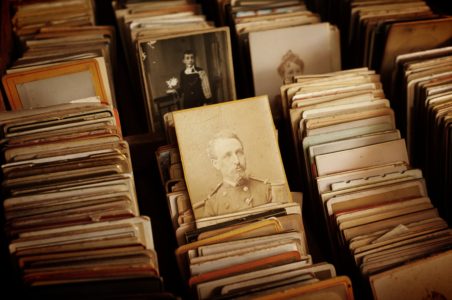In order to move forward it is important to look back to see whence we came. It is said that looking into the past can give us a glimpse into the future. Well, the ghost of Prostatitis past was a gruesome affair with techniques that would seem other worldly today. The following blog is a look back into the world of Prostatitis since the 18th century.
A Brief History of Prostatitis in the 18th and 19th Centuries
There are very early references pointing to Prostatitis being identified as a discrete pathological and clinical entity from the 18th century (1). But it was not until 1838 that the first accurate description and pathology of Prostatitis was noted.
In Dr J S Hughes 1860 book ‘Diseases of the Prostate Gland.’ Dr Hughes comments on the acute inflammation of the prostate gland, stating that effective treatment of the condition includes:
Blood letting
Opiate suppositories
Hot water enema’s
Ice cubes in the rectum
Leeches! Yes leeches. Leeches were applied to the perineum (between the testicles and rectum), from the supra pubic region (where pubic hair grows above the penis) to the rectum and wait for it – internally on the surface of the prostate gland! Hearing/reading that still makes my toes curl..
Dr Hughes identified a number of causes of acute inflammation of the prostate included gonorrhoea, gout, excess in venery (sexual indulgence) or onanism (masturbation), the passing of instruments in to the bladder (WTF!) and the overuse of cold applications to the penis to manage painful erections!
In his 1876 publication ‘Clinical Lectures on Diseases of the Urinary Organs’ Sir Henry Thompson commented that an acute prostatitis patient of 20 or 30 years of age complains of increased urinary frequency followed by pain at the tip of the penis which is aggravated by exercise. He also states that acute Prostatitis is most likely caused by gonorrhoea. Sir Henry Thompsons treatment is the same as treating inflammation elsewhere in the body at this time in history – to make a small blister every 4 – 5 days on the perineum for a period of 4-6 weeks. Thompson comments that the patient will “gladly exchange the dull weary aching in the perineum for the smart of a blister, cheerfully noticing how the ache subsides!” It was also commented at the time that the application of mustard to the perineum would also provide relief.
And wait for it – shockingly the application of an electric charge across the prostate gland was also used at the end of the 19th century!
In the March 1895 edition of the British Journal of Medicine the surgeon E. Hurry Fenwick notes 2 cases of Prostatitis where he has uses castration (also known as orchiectomy or orchidectomy, is the removal of the testicle or testicles!) to treat his patients. Although there was shrinkage of the prostate noted symptoms still persisted in both cases (2).
Prostate massage was introduced in the 1890’s (3) and became the treatment of choice for the following 100+ years, with many urologists still practising this technique.
Click here to read A Brief History of Prostatitis in the 19th and 20th Centuries
References
- Von Lackum W.H.: Proc. Staff Meet. Mayo Clin. Iii, 14 (1928).
- Fenwick E. Hurry. Observations on the Effects of Double Castration (White’s Operation) upon the Enlarged Prostate Br Med J 1895; 1 :578
- Farman F. Classification of prostatitis. J Urol 1930; 23: 113-117.

